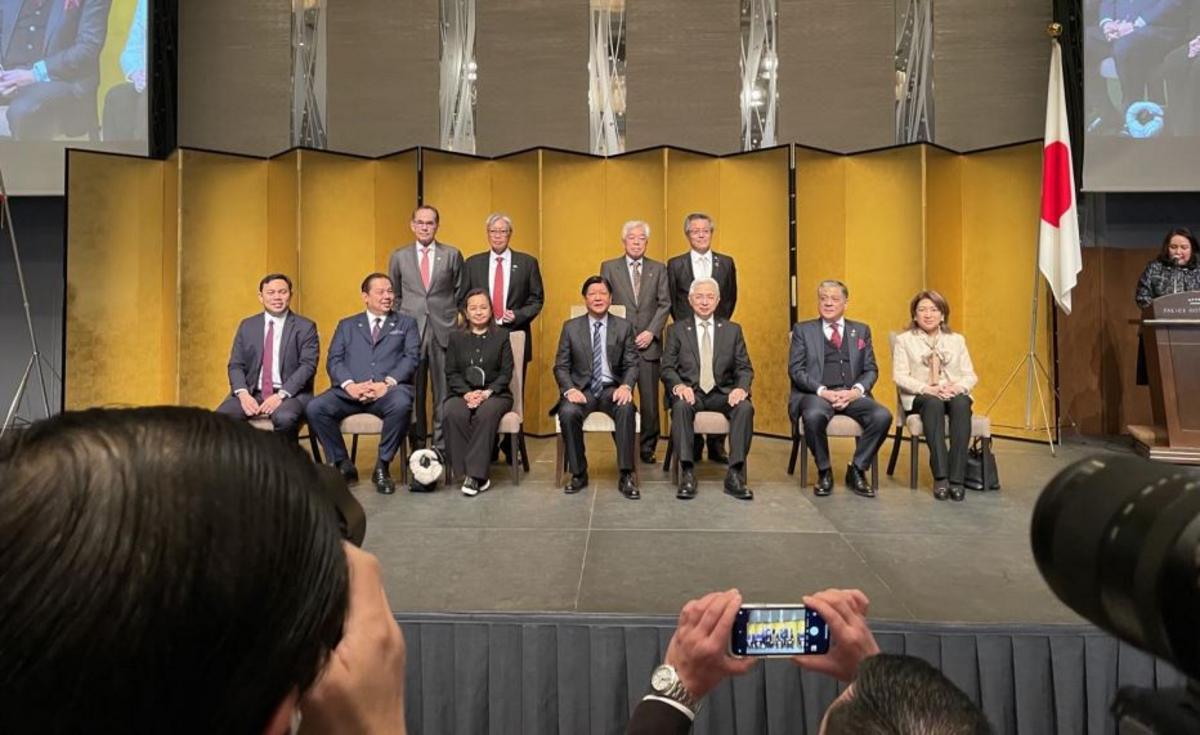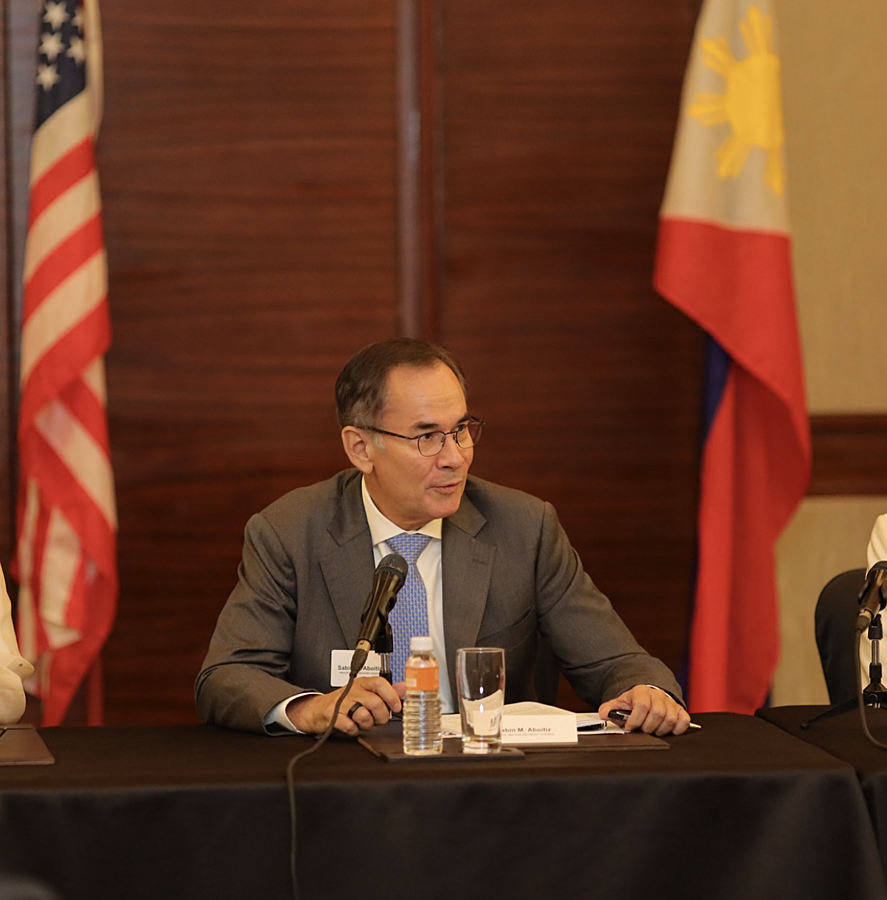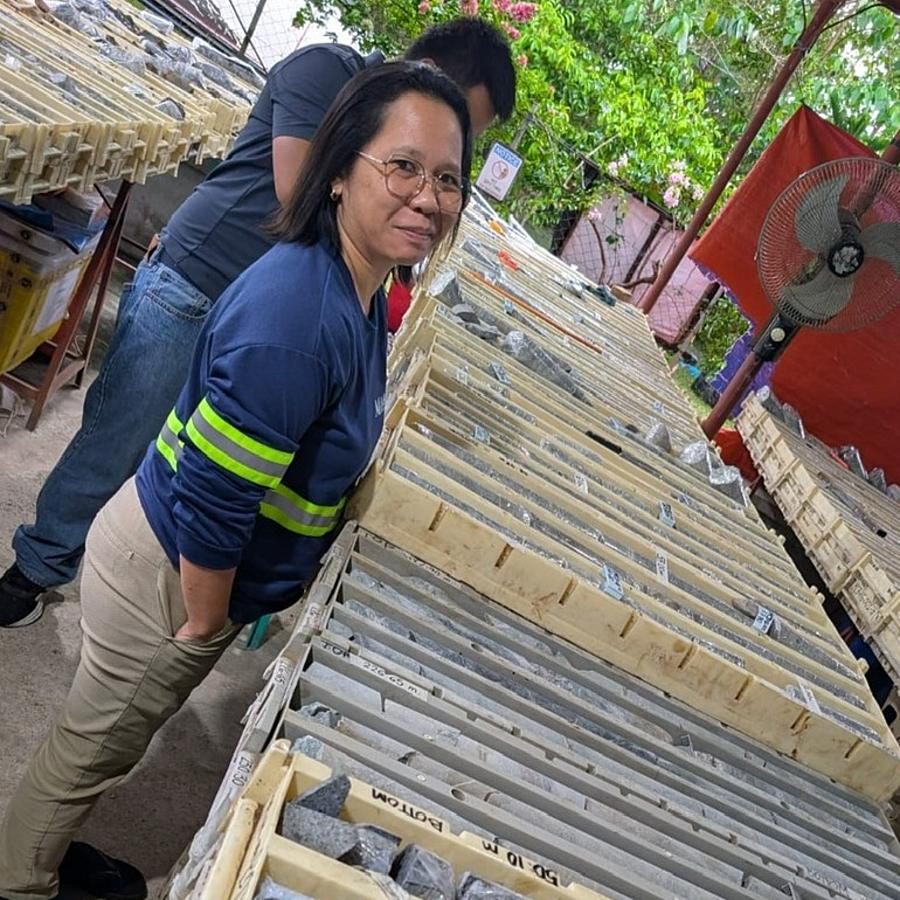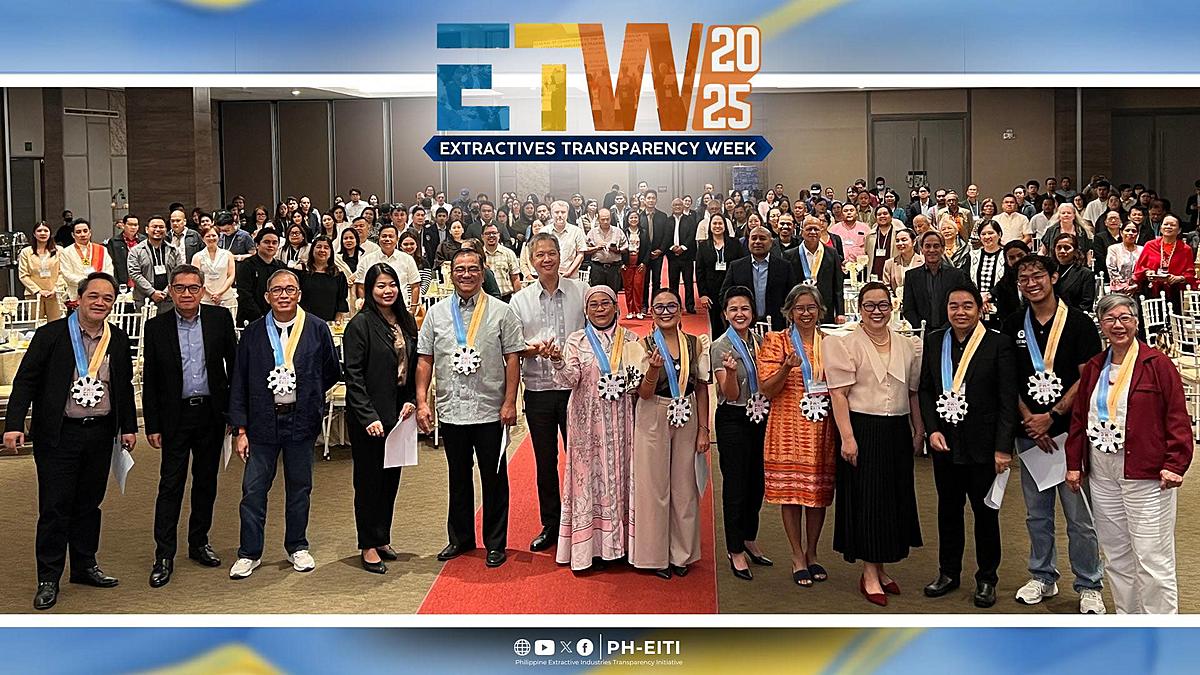Photo: (Seated, L-R) Senator Mark Villar, House Speaker Martin Romualdez, Senior Deputy Speaker and Former President Gloria Macapagal-Arroyo, Philippine President Ferdinand R. Marcos Jr., Department of Trade and Industry Secretary Alfredo Pascual, Special Assistant to the President Antonio Lagdameo Jr., and Philippine Ambassador-designate to Japan Mylene Garcia-Albano, together with (standing, L-R) AboitizPower Chairman Sabin Aboitiz, Amber Kinetics Chief Executive Officer Edgar Chua, IKS Co. Ltd. President Takashi Imai, and Kawasaki Heavy Industries’ Senior Managing Executive Officer and President of Energy Solution and Marine Engineering Tatsuya Watanabe.
As the country needs all forms of energy to fuel its growth aspirations while transitioning to an affordable and sustainable energy future, Aboitiz Power Corporation (AboitizPower), the holding company of power-related investments of the Aboitiz Group, has signed a memorandum of understanding (MOU) to lead a Philippines-Japan Consortium that will explore the development of technology and an integrated system for potential projects in the field of renewable energy.
On Friday, February 10, the MOU was signed by AboitizPower, represented by its Chairman of the Board Sabin Aboitiz, Kawasaki Heavy Industries, Ltd., represented by its Senior Managing Executive Officer and President of Energy Solution and Marine Engineering Tatsuya Watanabe, IKS Co. Ltd. (IKS), represented by its President Takashi Imai, and Amber Kinetics, represented by its Chief Executive Officer (CEO) Edgar Chua.
Under the MOU, the parties will leverage their respective new-generation technologies and expertise to optimize renewable energy development in the Philippines while contributing to energy cost savings and grid stability. This may lead to further exploration and expansion beyond the Philippines to ASEAN, Japan, and Australia.
“With this consortium, the Philippines and Japan can make a significant impact on our transition towards a more sustainable future. Our partnerships represent a powerful alliance that will drive technological innovation and harness the power of renewable energy to create a brighter future for generations to come,” said Mr. Aboitiz
The consortium also expressed optimism in exploring opportunities and making a positive impact on the local and regional energy landscape.
“Ten years ago, Kawasaki started up the iVSG project in expectation of the recent energy trend. Now, we must be faced with a large amount of renewable energy penetration to a power system and a sharp increase in fossil fuel prices,” Watanabe narrated.
“I trust Virtual Synchronous Method will be a breakthrough solution to the problem. We are excited to work with Amber Kinetics, IKS and Aboitiz Group, and look forward to working together to deliver advanced technologies that would help the Philippines transition to more renewable energy,” Watanabe added.
Meanwhile, Imai said, “We are pleased with our contribution to stabilize the energy supply in the Philippines with IKS’s technology joining this partnership.”
AboitizPower is currently in the process of a 10-year renewable energy expansion to increase its renewable energy capacity by 3,700 megawatts (MW) by 2030. As renewable energy sources become more prominent in the power generation and distribution systems, grid stability issues become more pronounced and must be addressed. The issues are not, however, insurmountable.
As the Aboitiz Group undergoes its Great Transformation to become the Philippines’ first Techglomerate, it is investing in innovation and technology aligned with its sustainability vision. To address the grid stability issues caused by the greater prominence of renewable energy in the energy mix, AboitizPower is partnering with pioneering firms Kawasaki Heavy Industries, IKS, and Amber Kinetics under the Philippines-Japan consortium to develop technology-enabled solutions.
Kawasaki Heavy Industries channels its engineering prowess into trustworthy solutions for the future, including the use of virtual synchronous generator (VSG) technology. VSGs mimic the operation characteristics of traditional synchronous generators but with the former resulting in a more stabilized grid frequency.
The company plans to engage in businesses with inverters, Flywheel Energy Storage System (FESS), and power generating and distribution companies. In doing so, it will establish an integrated system that will enable ancillary services applications that provide grid stability working in consonance with renewable energies, power generation, and turbines as a distributed energy resource and by cooperating with other parties in micro-grids.
Kawasaki Heavy Industries will be joined by fellow Japanese firm IKS with its cutting-edge power control system (PCS), I_DENCON technology inverters. IKS aims to co-develop an integrated system that will easily allow other devices to connect and function seamlessly
Alongside them will be Amber Kinetics, a Silicon Valley firm that has developed long-duration FESS technology, which converts electricity into kinetic energy stored in the mass of spinning flywheels. It wants to further develop integrated energy solutions for its applications.
The MOU provides a platform for the consortium to work together with their proprietary technologies on projects that have the potential to transform the renewable energy landscape and drive sustainable economic growth in the Philippines, and throughout the region.
Article courtesy of the Philippine Stock Exchange







